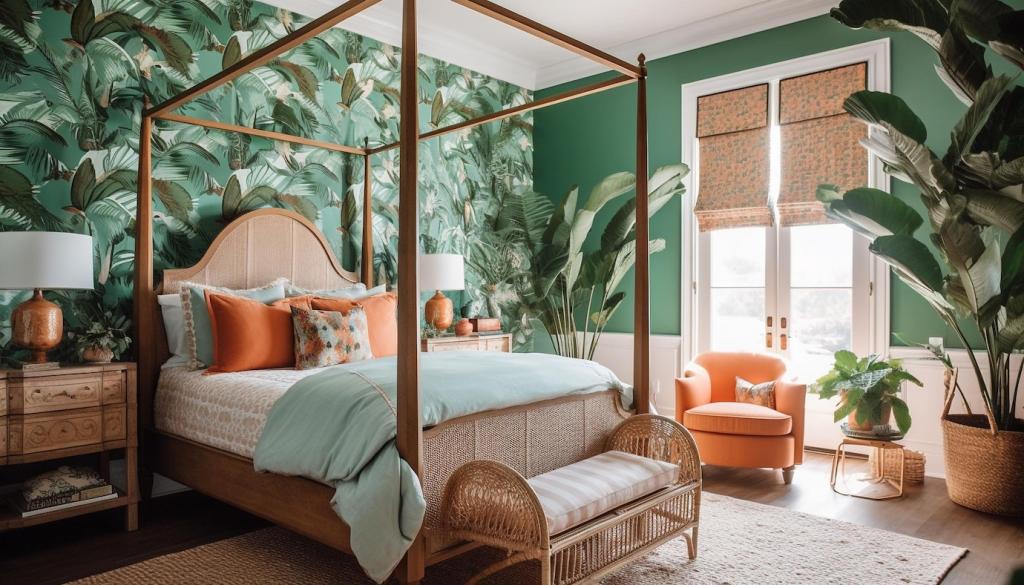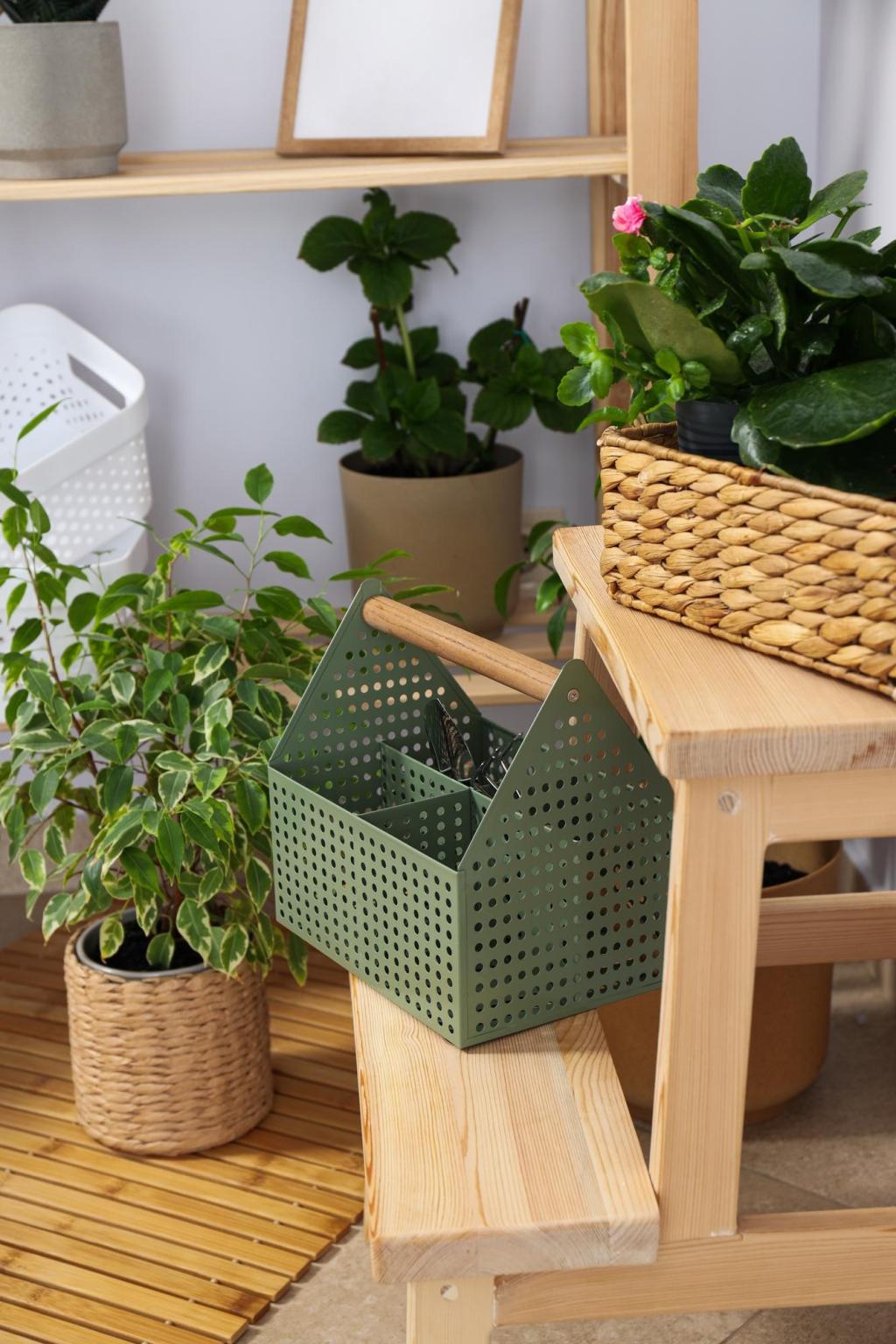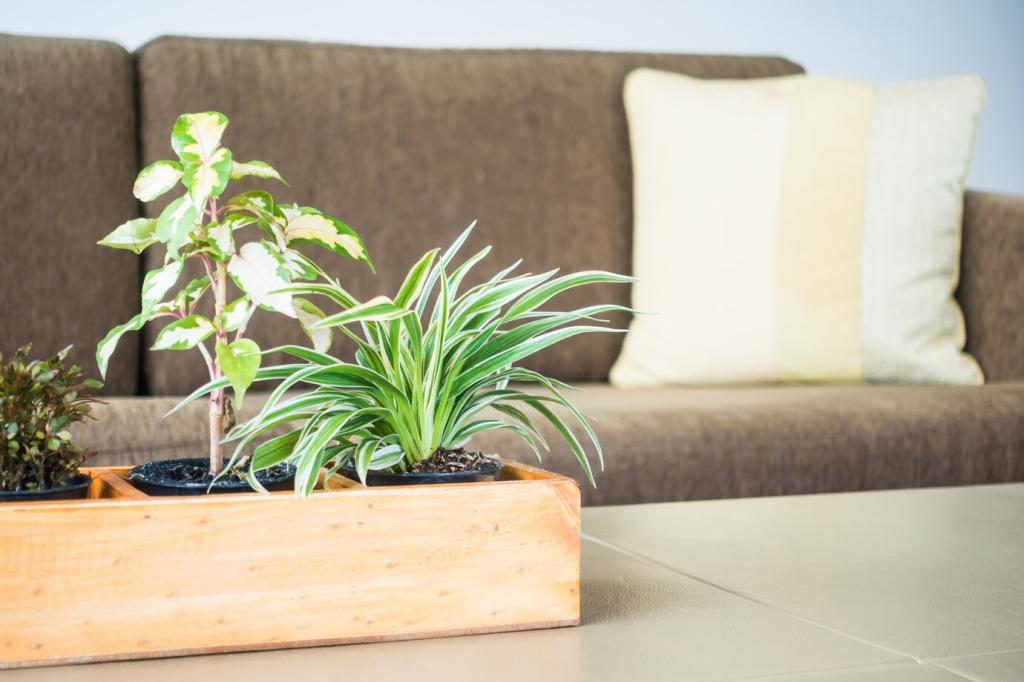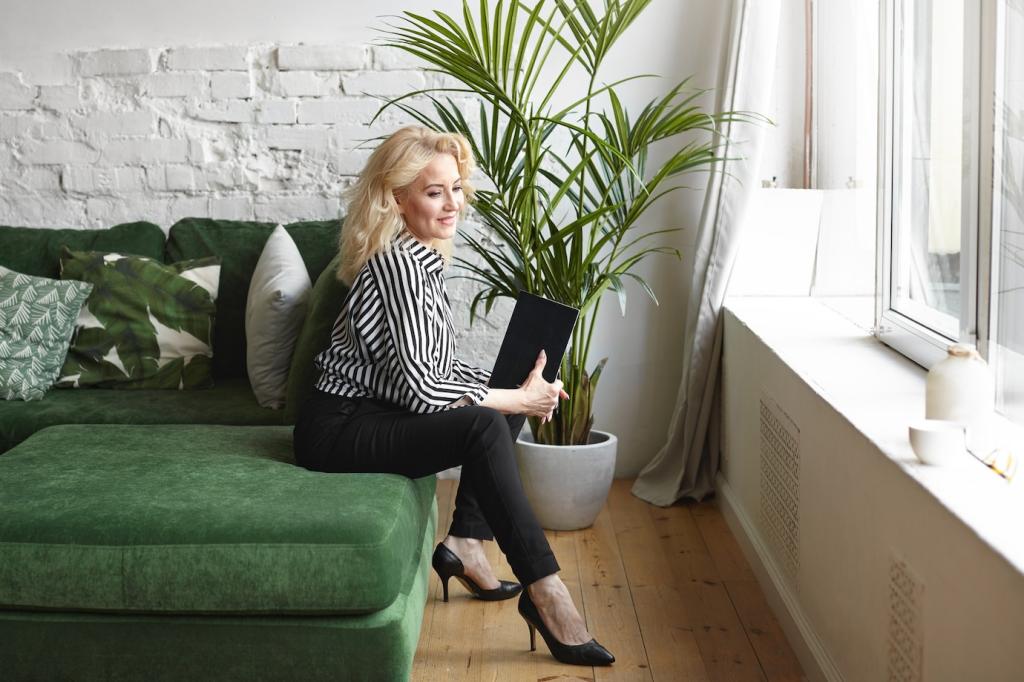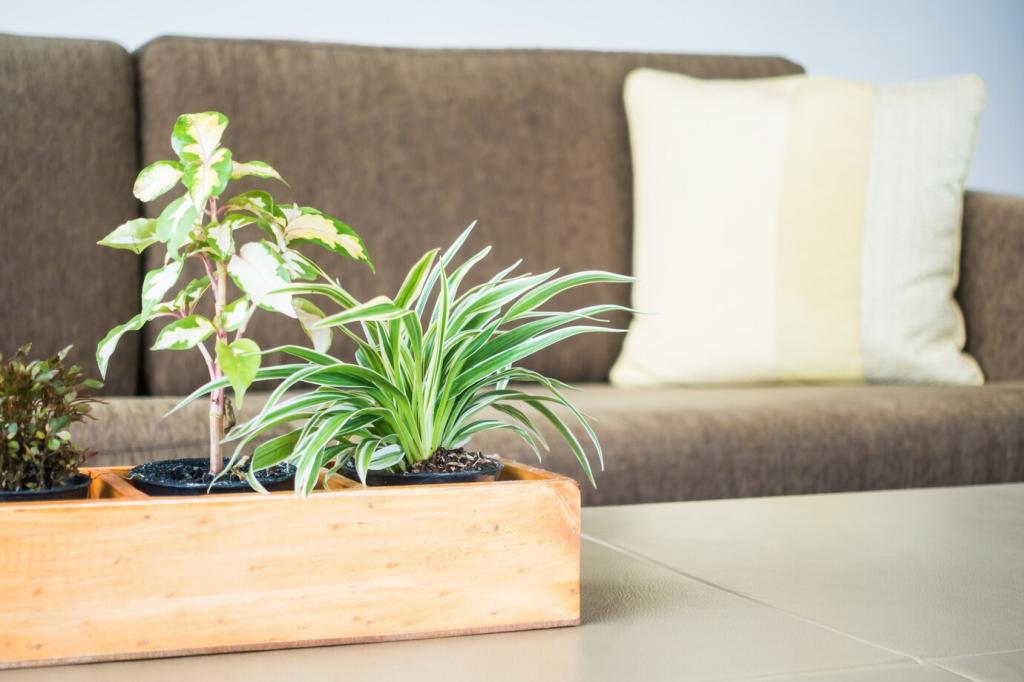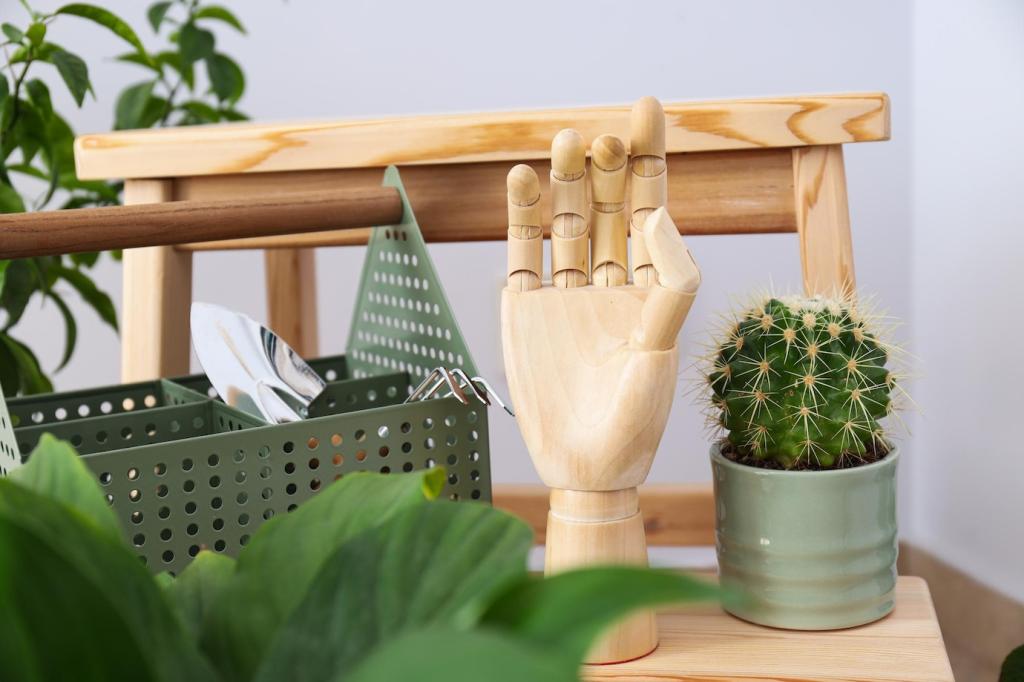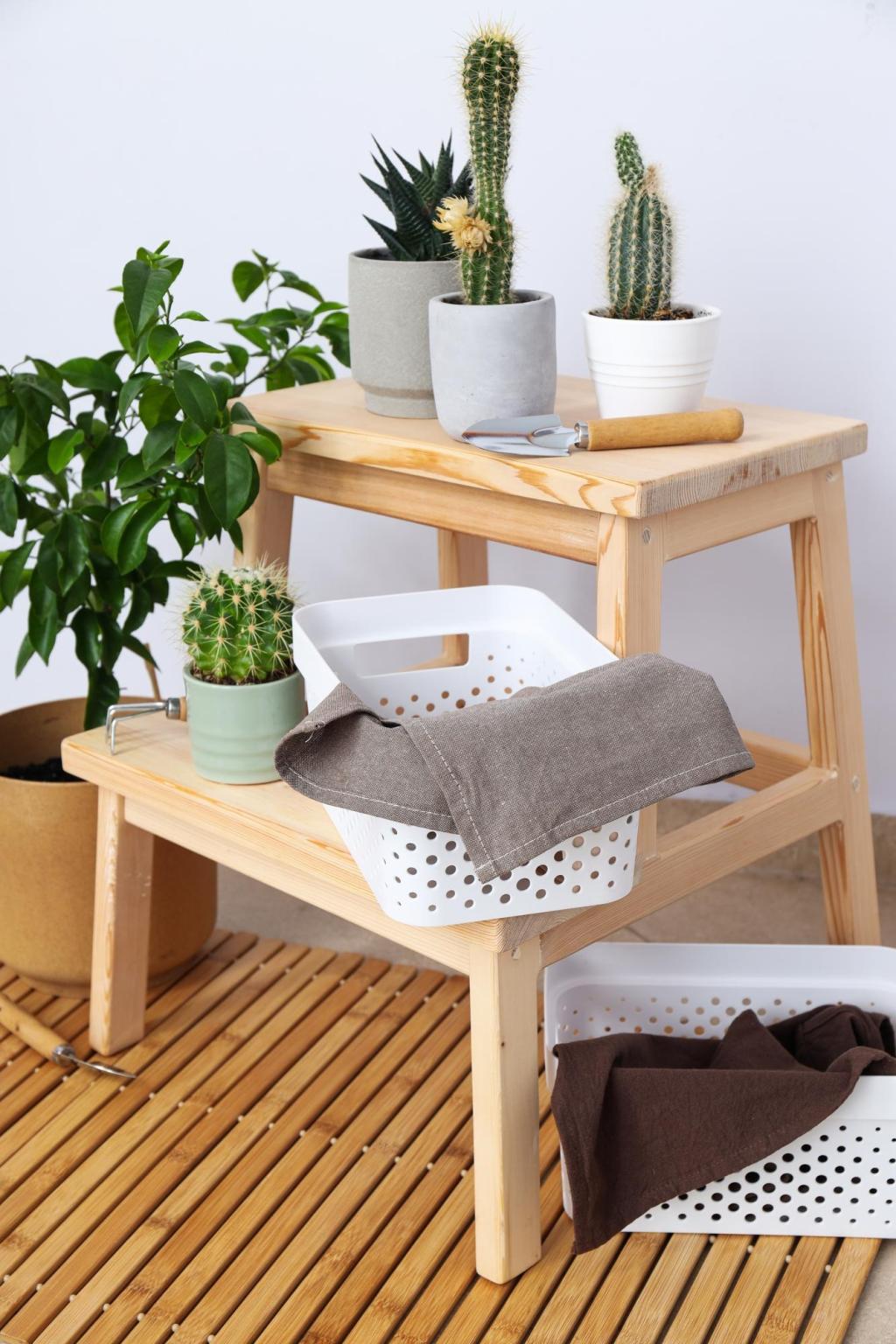Recycled and Bio-Based Innovation
Recycled glass tiles shimmer with subtle variation and clean easily with gentle soap. A small kitchen we visited used pale sea-glass mosaics, transforming morning light into a sparkling glow. If you have a recycled surface at home, post a photo and tell us how it performs.
Recycled and Bio-Based Innovation
Mycelium-grown boards and straw-based composites are lightweight, compostable in some cases, and increasingly robust. Early adopters report good acoustic performance and warm texture. Curious about bio-based panels for green interiors? Vote in our poll on which material you want tested next.
Recycled and Bio-Based Innovation
Panels made from post-consumer HDPE create bold marbled patterns, resist moisture, and take a beating in mudrooms or laundry spaces. Limit microplastic shedding by choosing sealed or low-wear applications. Would you try recycled plastic for shelving or tabletops in your sustainable interiors plan?

